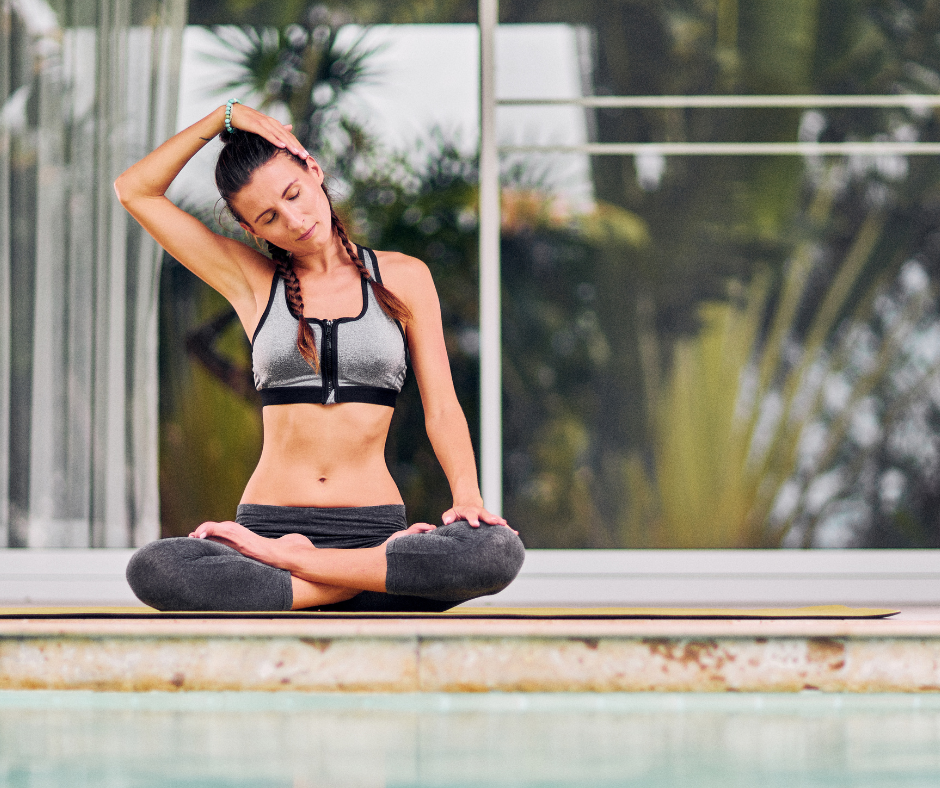In the hustle of modern life, stress and tension become unwelcome companions. Progressive Muscle Relaxation (PMR) emerges as a powerful ally in promoting relaxation and alleviating physical and mental strain. Let’s explore the step-wise journey into the world of PMR.
Understanding Progressive Muscle Relaxation (PMR)
Progressive Muscle Relaxation, developed by Dr. Edmund Jacobson, involves systematically tensing and relaxing different muscle groups to induce a state of calmness. This technique is rooted in the connection between the body and mind.
Step 1: Find a Quiet and Comfortable Space
Begin your PMR practice by locating a quiet space where you won’t be disturbed. A serene environment enhances the effectiveness of the relaxation process.
Step 2: Focus on Breath Awareness
Start by focusing on your breath. Inhale deeply through your nose, allowing your lungs to fill, and exhale through your mouth. This sets the stage for heightened awareness.
Step 3: Start with Toes and Feet
Shift your attention to your toes and feet. Tense the muscles in this area, hold briefly, and then release. Notice the contrast between tension and relaxation.
Step 4: Move to Calves and Thighs
Progress upward to the muscles in your calves and thighs. Tense, hold, and release. Feel the soothing wave of relaxation spreading through your lower body.
Step 5: Engage the Abdomen and Chest
Direct your focus to your abdomen and chest. Tighten these muscles, hold, and release. Embrace the sensation of tension melting away.
Step 6: Tension in the Arms and Hands
Extend to the muscles in your arms and hands. Clench your fists, tense the muscles, hold briefly, and then release. Feel the gentle flow of relaxation.
Step 7: Address Shoulders and Neck
Move to your shoulders, raising them towards your ears. Tense and release. Shift your attention to the muscles in your neck, experiencing a sense of ease.
Step 8: Relax Facial Muscles
Tend to your facial muscles. Scrunch up your face, close your eyes tightly, and then release. Allow the facial tension to dissipate.
Step 9: Release Jaw and Throat Tension
Focus on your jaw by clenching your teeth together. Hold briefly, then release. Move on to the muscles in your throat, promoting a sense of openness and relaxation.
Step 10: Guided Progression Through Body
Systematically progress through different muscle groups, applying tension and releasing. Follow a logical sequence from your toes to your head, ensuring a comprehensive approach.
Step 11: Maintain Breath Awareness Throughout
Throughout the PMR process, maintain breath awareness. Deep, rhythmic breathing enhances the relaxation response.
Step 12: Repeat for Deeper Relaxation
For a deeper sense of relaxation, repeat the PMR cycle. Experiment with extending the duration of muscle tension for enhanced benefits.
Benefits of Regular PMR Practice
Regular PMR practice brings an array of benefits, including stress reduction, improved sleep quality, and heightened overall well-being.
Common Challenges and Solutions
Address challenges such as wandering thoughts or difficulty focusing by gently guiding your mind back to the muscle groups and the breath.
Incorporating PMR into Daily Routine
Integrate PMR into your daily routine, making it a consistent practice. Whether in the morning or before bedtime, find a time that suits you.
Adapting PMR for Stressful Situations
Utilize PMR during stressful situations to maintain composure. A quick session can be a powerful tool in regaining balance.
Progress Tracking and Adjustments
Keep track of your progress. If certain muscle groups require more attention or if adjustments are needed, adapt the practice to suit your needs.
Conclusion
In conclusion, Progressive Muscle Relaxation serves as a simple yet profound method to unwind and release tension. Embrace the journey of systematically relaxing each muscle group, and witness the transformative effects on your physical and mental well-being.
FAQs: Your Questions Answered
- How often should I practice PMR?
- Practice PMR at least 2-3 times per week for noticeable benefits.
- Can PMR be done in a short amount of time?
- Yes, a condensed session of 10-15 minutes can still be effective.
- Is PMR suitable for everyone?
- PMR is generally safe for most individuals but consult with a healthcare professional if you have specific concerns.
- Can PMR help with chronic pain?
- Yes, PMR can be a complementary approach to manage chronic pain, but consult with a healthcare provider for personalized advice.
- Can PMR improve sleep quality?
- Absolutely. Regular PMR practice is associated with improved sleep patterns and quality.

Dr. Rameez Shaikh (MBBS, MD, MIPS) is a consultant Psychiatrist, Sexologist & Psychotherapist in Nagpur and works at Mind & Mood Clinic. He believes that science-based treatment, encompassing spiritual, physical, and mental health, will provide you with the long-lasting knowledge and tool to find happiness and wholeness again.
Dr. Rameez Shaikh, a dedicated psychiatrist , is a beacon of compassion and understanding in the realm of mental health. With a genuine passion for helping others, he combines his extensive knowledge and empathetic approach to create a supportive space for his patients.

